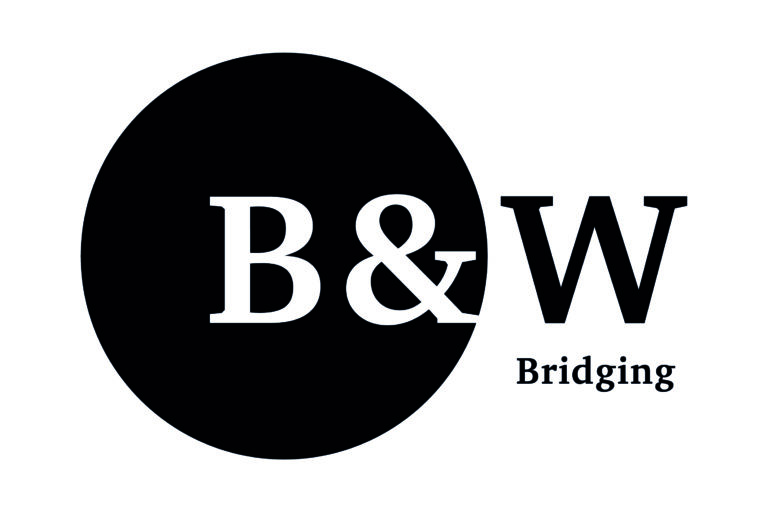Bridging is a great option if your client needs fast finance. Deals can complete in a matter of days, sometimes even hours, depending on the case. So, here’s a simple guide to getting bridging done quickly, laid out in black and white.
Understanding the details.
With any deal, the absolute best tip we can offer for a speedy resolution is to know your client and the details of the deal itself, inside and out. Before applying for a bridging loan make sure your client knows the key information. For example, does your client intend to live in the purchased property? How do they intend to repay the loan? What is the condition of the property they are looking to buy?
The more detail you can give your Lending Manager at the start, the faster we can give you a quick decision on the deal, then its full steam ahead.
What documents will be needed?
For the fastest possible turnaround, you’re best getting the documents you need ready before you fill out the application form, to make the process as quick and easy as possible.
Photo ID
We will need to see either a passport or a driving licence to verify your client’s identity.
Proof of residency
We will also need to see proof of address. For this, you can use bills such as gas, electricity, water, phone etc. These will need to have been in the last 3 months. Alternatively, an annual council tax statement is acceptable.
Assets & Liabilities
An understanding of your clients’ assets and liabilities not only gives insight into their financial position, it can also help demonstrate experience.
Bank statements
We will need to see the last three months of bank statements, although in some cases we may require more. This is once again to confirm affordability. We can also use open banking technology where necessary.
Third-party guarantee
This will only be required if you need a guarantor to secure the loan, this is not a regular occurrence but can make the difference in getting a deal over the line.
Experience
If your borrower is a developer, we’ll need to know if your client has experience with projects similar to the one they require the loan for. A short CV of their completed projects and associated experience coupled with their A&L statement can paint a really accurate picture.
What’s next?
Depending on the specifics of the deal and the borrower, we may need more information. So, it’s important you’re ready for any additional forms to be completed after the application is submitted.
Likewise, when we send over the terms and conditions ready for signatures. It’s important that you run through these with your client and get the signatures back as quickly as possible.
Solicitors
One of the main hold ups for any application can be at the legal stage. It is therefore important the client chooses a good solicitor, that understands the fast-moving nature and intricacies of not only purchasing a property, but the bridging finance that accompanies it. Dual representation can be an option to simplify and speed the process along.
